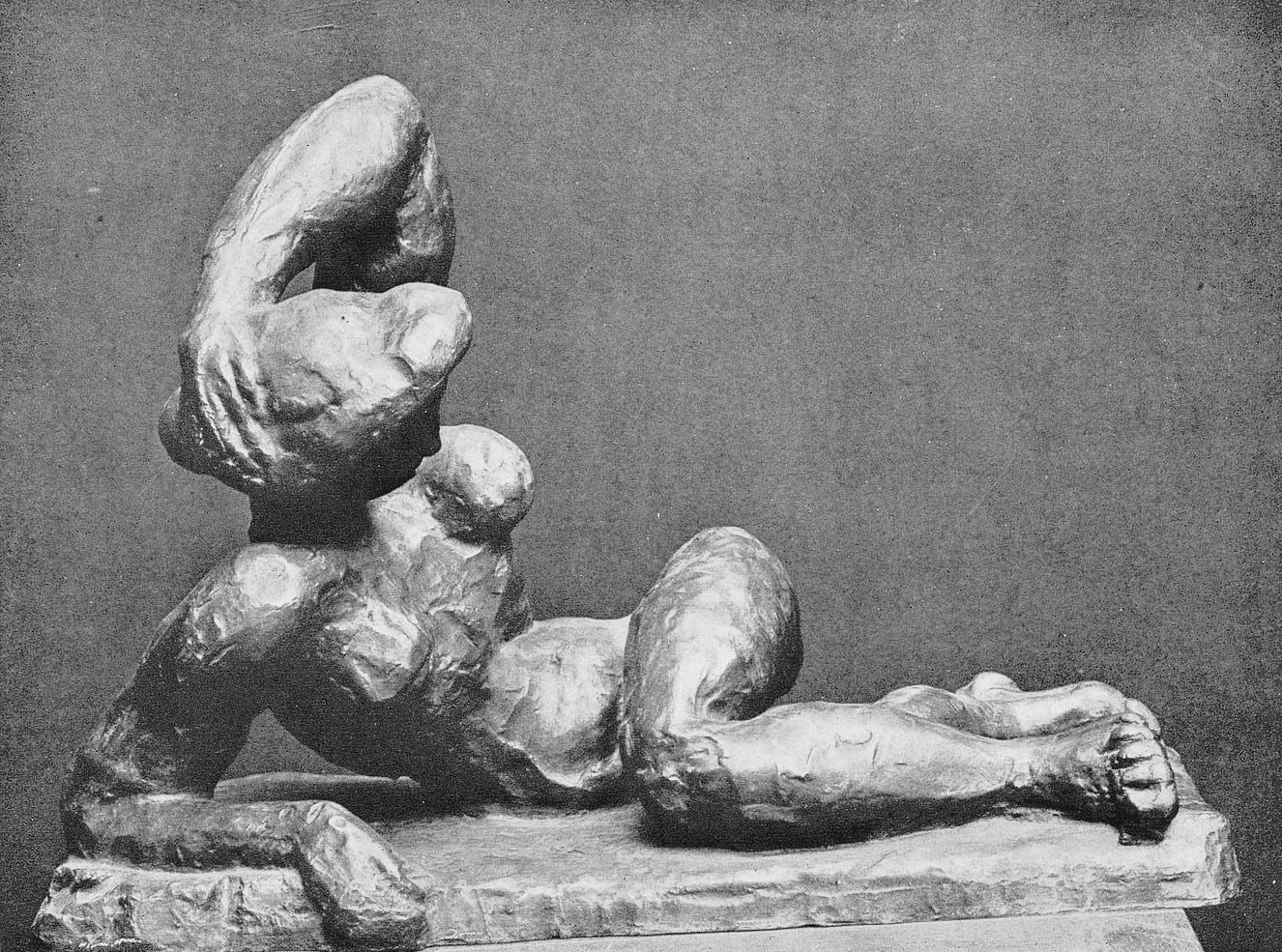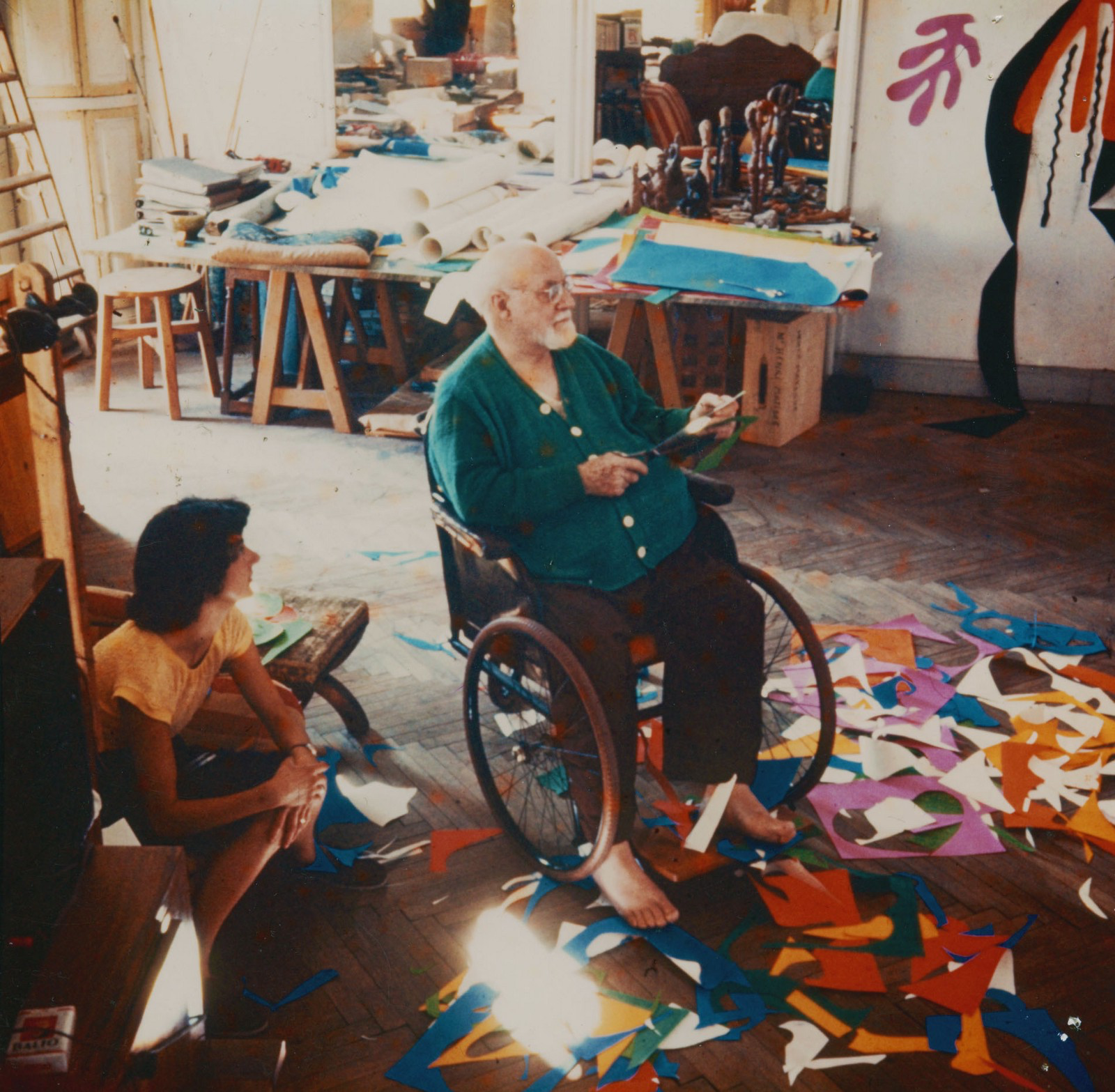Matisse: Drawing with Scissors
The artist’s famous cut-outs at the Lady Lever Art Gallery, Wirral.
Written by Craig Berry
Designer & Writer

The French artist, Henri Matisse was one of the most influential artists of the 20th century, living from 1869 to 1954, his career spanned over five decades and covered drawing, printmaking, sculpture and painting, known for his use of colour and his fluid and original style. Along with Pablo Picasso, he is renowned as one of the artists who best helped to define the revolutionary developments in the visual arts throughout the opening decades of the 20th century, and who is responsible for significant developments in painting and sculpture.


Matisse worked up to his death, despite living with chronic illness and disability which forced him to work from his bed or wheelchair. During this time he made his famous cut-outs by ‘drawing with scissors’; cutting into brightly coloured sheets of paper and helped by his assistants who arranged the paper cut-outs on the wall of his studio until he was happy with the composition.





Whilst back home in Liverpool, for Christmas, I saw a poster for an exhibition of Matisse’s work at a traditional art gallery close to where I live, in Port Sunlight; a small, model village on the Wirral, Merseyside, which home to 1400± residents and has over 900 listed buildings as well as being the registered office of Unilever UK (similar to Rotterdam in NL) and it was also used as a backdrop for early series of Peaky Blinders. The gallery in question is the Lady Lever Art Gallery, designed and built in a Beaux-Arts style.
This exhibition, Matisse: Drawing with Scissors, featured a selection of Matisse’s cut-outs but as small-scale lithographic reproductions, originally made for the French art journal Verve in 1958, four years after Matisse’s death, appearing in a special double issue dedicated to the artist. Despite being prints, these prints are legit as the first plates were prepared under Matisse’s direction a few days before his death; they look and feel as real as possible, just a bit smaller but equally as colourful and beautiful.


The most famous of Matisse’s cut-outs are featured in this exhibition, firstly his Blue Nudes series, made in 1952 which was described as an particularly productive year for Matisse; his assistant at the time Paule Martin said of this time: “it exhausted me and I was on the brink of collapse”. Showing a variety of poses, these works reflect Matisse’s interest in exploring movement and form; leaving planes of white between blue to create depth and dimension. Blue Nudes I–IV show his experiments with how limbs overlap and interact with each other, each figure possesses a sculptural quality while also still embracing the flatness of the paper.

The other famous piece on show is his L’Escargot piece. This is an example of how Matisse didn’t just cut paper to make shapes but also rip it, creating a rougher and softer edge. This piece is also very colourful compared to his Blue Nudes work, each of the coloured pieces of paper radiate from the centre to imitate the spiral of a shell in an abstract manner. It is described as one of his most abstract pieces he ever made, insisting himself upon ‘abstraction rooted in reality’.

It was great to see such a range of work by the artist despite being all made using the same medium and method, covering figures, flora and fauna, landscapes and scenes. Along with Picasso, you could say that Matisse helped to define the idea of abstract, figurative art; something which is very popular to the day and can be seen across modern and contemporary illustration.









Read more blog posts on craig-berry.co.uk or my Medium page.
